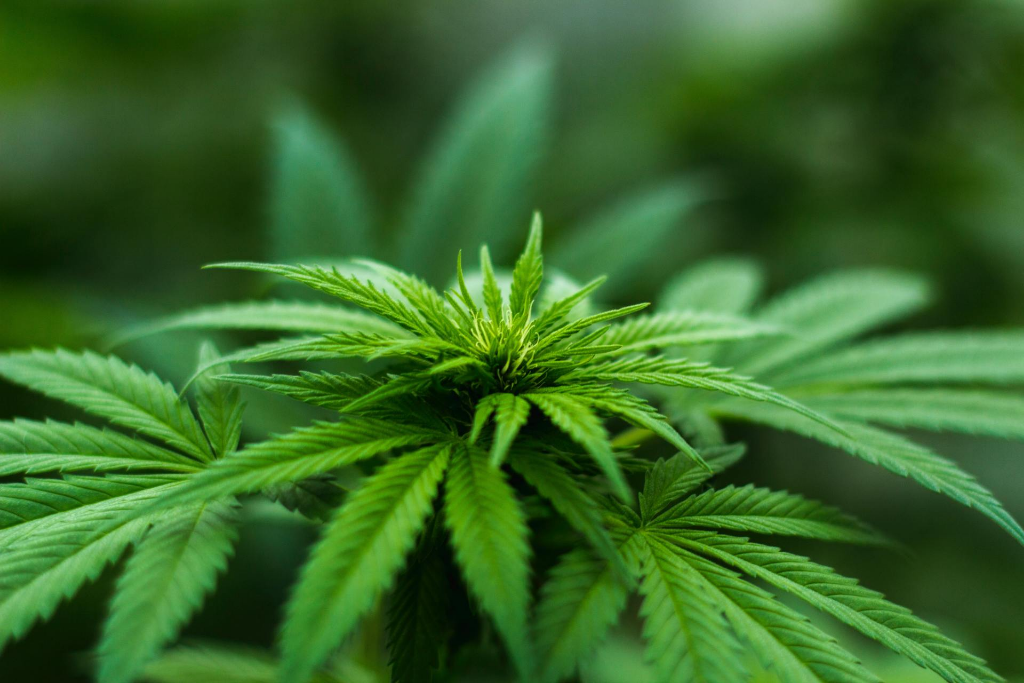
Like it or not, many Colorado buildings and homes are being used for growing Marijuana. The industry has been a huge boost to the states economy, and it doesn't seem to be slowing down.
There are many side effects that come along with indoor farming. One thing to remember is that every bit of water that goes into the plants leaves through transpiration (Transpiration is the process of water movement through a plant and its evaporation from aerial parts, such as leaves, stems and flowers).
A building or home without proper ventilation can be severely damaging to the roof by rot and mold.
The attic space above doesn't have enough insulation and or ventilation to remove the moisture. The water then begins to settle, often in light fixtures, running down pipes, or on the exhaust fans mounted in the ceiling.
For this reason, dehumidifiers are also necessary in many cases because of the risk involved with indoor farming.
As a roofer of many years, I have learned that many leaks are not the result of exterior water, but come from indoor condensation (See our blog post about reasons for interior leaks here).
Since the legalization of marijuana in Colorado, we have been called out to entire attics covered in mold, ceilings covered in black mold, and saturated sheet rock and roof decking because of improper ventilation and humidity levels due to indoor marijuana farming.
If you decide to have an indoor garden, whether commercial or residential, you should be aware of the effects that it may have on the building envelope. With proper practices and maintenance, you may be able to limit the destruction of the property.
Another important factor, for the quality of many grow operations, is the temperature inside the building. We have been involved with some commercial warehouse growers who cannot keep the temperatures cool enough during the hot Colorado summers. These buildings are often under metal roofs, which transmit direct sunlight and heat with little too no reflection.
An excellent solution to this is using a reflective roof coating such as GACO Western 100% silicone roof coating, or retrofitting the roof with insulation and a TPO cover.
Switching the covering to your roof could drastically reduce the need for air conditioning the building, and save the grower a tremendous amount of money in just a few years. We estimate that the ROI in a "cool roof system" is generally 3-5 years.
Sometimes, these buildings have hail damage, and we can use insurance proceeds to apply a cool roofing system. This allows the business owner to reduce their out of pocket expense, and increase their overall profits.
Overall we recommend 100% silicone roof coatings for their pricing and tax deduction benefits for commercial buildings, click here to learn more!
Roper Roofing is a Denver CO roofing contractor serving local properties for more than 15 years.
We offer a free consultation to check in on your roof and make sure your property is leak-proof, commercial or residential; Roper Roofing is by your side every step of the way. Contact Roper Roofing today at 720-475-1065.